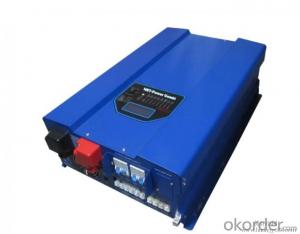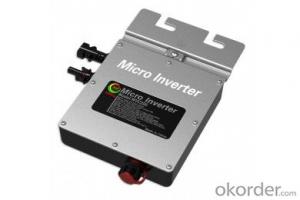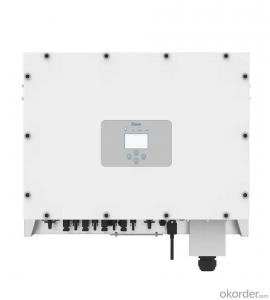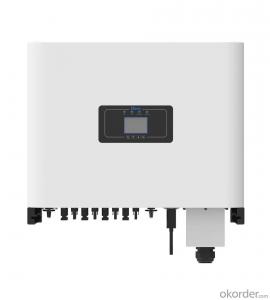Lg Solar Micro Inverter
Lg Solar Micro Inverter Related Searches
Lg Solar Inverter Lg Micro Inverter Solar Panels Lg Inverter Solar Micro Solar Inverter Solar Micro Inverter Micro Inverter Solar Solar Smart Micro Inverter Lg Solar Inverter Price Lg Solar Module Solar Cell Micro Inverter Microtek Solar Inverter Tesla Solar Micro Inverter Micro Inverter Solar Kit Cheap Solar Micro Inverter Best Solar Micro Inverter Solar Panel Micro Inverter Lead Solar Micro Inverter Solar Mini Inverter Ti Solar Micro Inverter Solar Micro Inverter System Micro Inverter Solar Panel Micro Inverter Solar System Solar Inverter Makro Solar Inverter Mini Solar Edge Micro Inverter Solar Solar Inverter Mini Inverter Solar Solar Light Inverter Micro Inverter For Solar Panel Solar Micro Inverter PriceLg Solar Micro Inverter Supplier & Manufacturer from China
LG Solar Micro Inverter is a high-quality product designed for the efficient conversion of solar energy into usable electricity. It plays a crucial role in the solar power generation system by optimizing the performance of solar panels and ensuring maximum energy output. These micro inverters are known for their compact size, ease of installation, and enhanced safety features, making them a popular choice for residential and commercial solar power systems.The LG Solar Micro Inverter is widely used in various applications, such as rooftop solar installations, solar-powered streetlights, and off-grid solar systems. It is particularly beneficial in scenarios where shading or partial obstruction of solar panels may occur, as it allows for individual monitoring and management of each panel's performance. This ensures that the overall system efficiency is not compromised due to the underperformance of a single panel, leading to a more reliable and cost-effective solar power solution.
Okorder.com is a reputable wholesale supplier of LG Solar Micro Inverter, offering a vast inventory of this product to cater to the needs of various customers. With a strong commitment to quality and customer satisfaction, Okorder.com ensures that the LG Solar Micro Inverters they provide are genuine, reliable, and backed by comprehensive warranties. This makes Okorder.com a trusted source for those looking to purchase LG Solar Micro Inverters for their solar power projects, whether for personal use or commercial applications.
Hot Products

















































